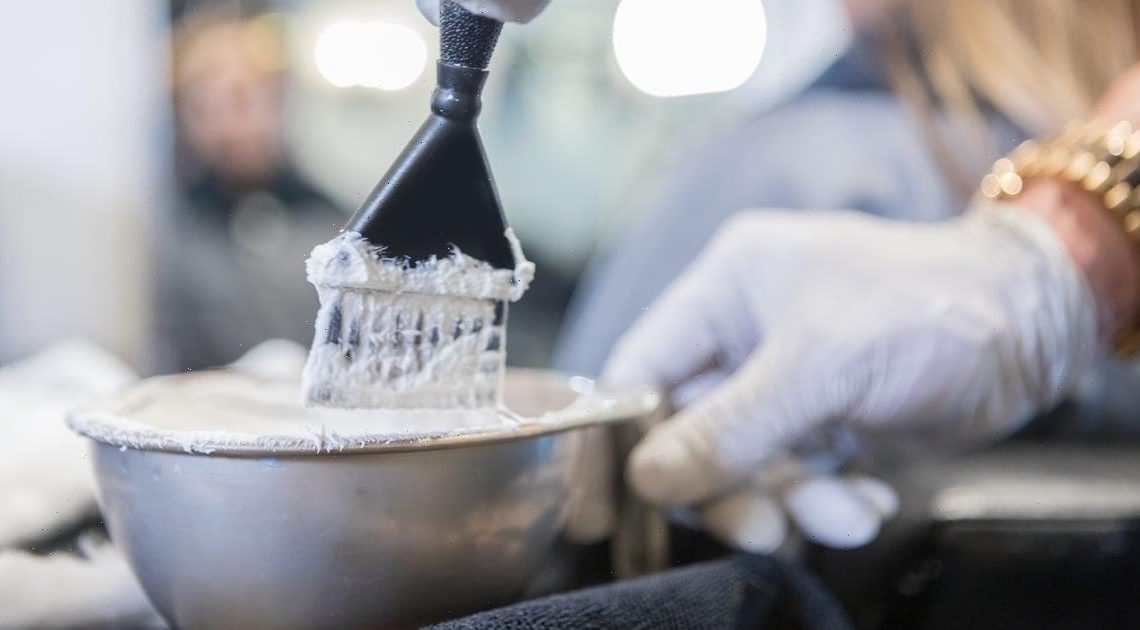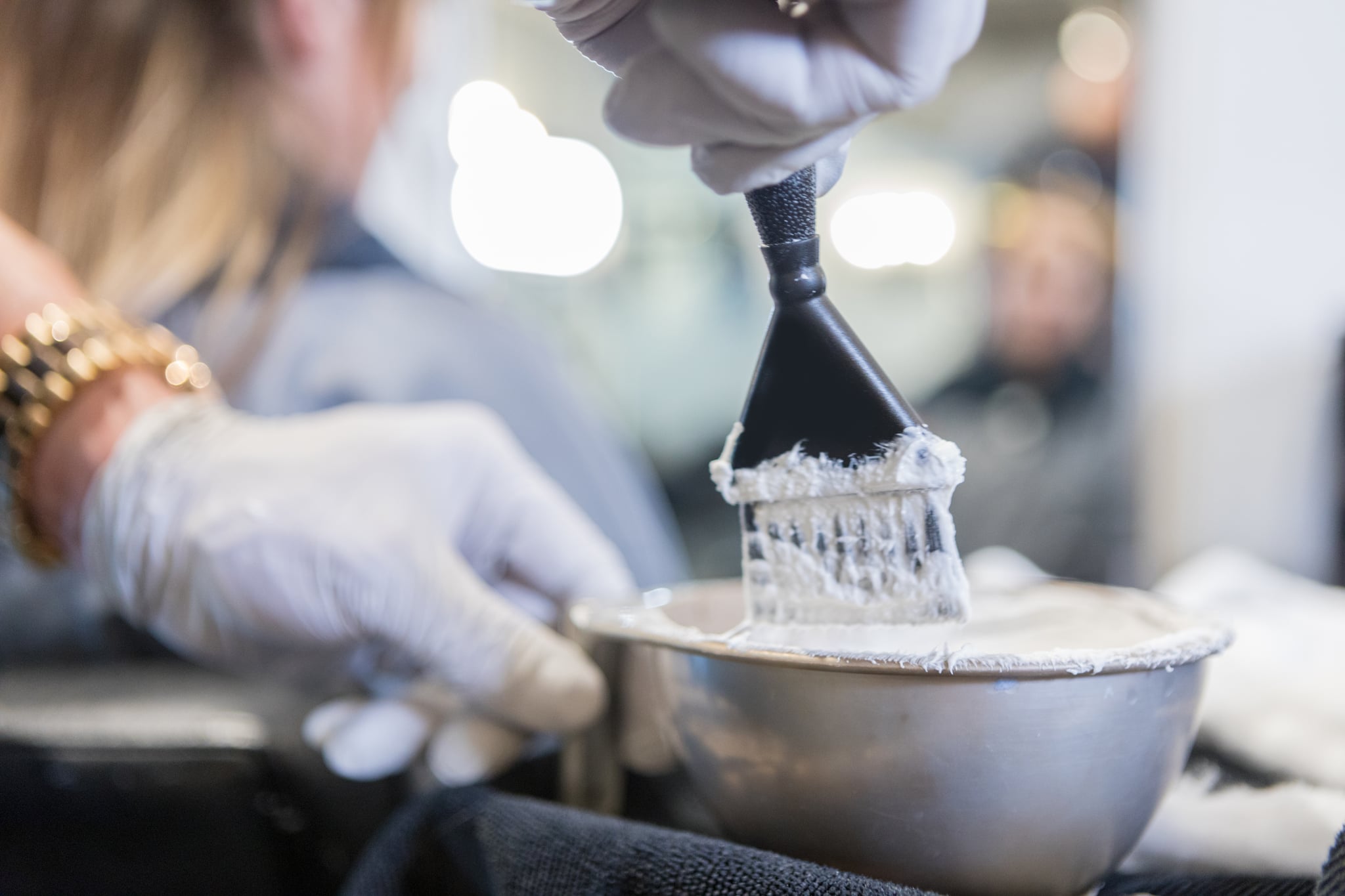
Hair Dye vs. Hair Toner: What's Really the Difference?
09/30/2021- Hair dyes and toners both deposit color onto the hair, but they are different.
- Dye completely alters the color of your hair, while toner is often used to even out the hair’s tones after it’s been color treated.
- A colorist shares what else differentiates a toner from a hair dye.
We will always support a hair-color change for anyone looking to try something new. In fact, as of right now, there are about a dozen hair-color ideas currently sitting on our fall mood boards. That said, it can be difficult to sort through all the options available and figure out which color treatment is best for you. Two good examples are hair dyes and hair toners — both deposit color onto the hair but have completely different results once the process is all over.
If these are two hair-care terms that you hear often but haven’t quite been able to differentiate, we asked a pro colorist to explain.
What’s the Difference Between a Hair Dye and a Toner?
A toner is a liquid formula that can be added to color-treated or lightened hair to either soften or enhance the color. Meanwhile, a hair dye is a treatment that’s applied to completely alter the pigment of your hair.
“The main difference is the amount of hydrogen peroxide they have,” Heather Lee, a colorist at New York City’s Salon SCK, told POPSUGAR. “Hair dye can permanently change hair color, making it either darker or lighter, and can also cover gray [hairs]. Toners or glosses are used to tweak, adjust, or neutralize unwanted tones, such as brassiness.”
Toners are typically used to even out a hair color or, as Lee mentioned, get rid of yellow or orange tones on blond hair. If you were looking to completely alter your natural hair color or cover up any gray hairs, you’d use a hair dye instead of a toner, though toners can also be used to blend grays.
When Would You Use a Toner Instead of a Hair Dye?
When you want something more permanent, hair dye is the way to go. Toners, on the other hand, according to Lee, are a bit more gentle, and you usually apply them after hair has been color treated. The hue when using the latter will also have a slightly shorter lifespan: “[Toner] typically lasts two to four weeks or 12 shampoos, as long as you’re using shampoo designed for color-treated hair,” she said.
You can also opt for a semipermanent gloss or toner if you want a slightly safer alternative to a dye. “Toners contain way less hydrogen peroxide and achieve only semipermanent results,” Lee said. “Hydrogen peroxide is what swells the hair’s cuticle open so that the pigment can penetrate the outer layer of the hair and be deposited. The more hydrogen peroxide used, the more the outer layer of the hair becomes swollen and damaged.”
How Are Toners and Dyes Applied?
This really depends on how you prefer to get the job done. If you’re coloring your hair at home (which we wouldn’t recommend unless absolutely necessary), you might notice that some DIY hair-dyeing kits come with a bottle with a long nozzle to help you evenly distribute the product throughout your hair. To mimic the salon experience more closely, though, you’d likely be better off applying it piece by piece with a tint brush on dry hair in the same way that a professional would.
The process of applying a toner also varies based on the look you’re going for. “If we want to simply add shine or neutralize unwanted hues, I would apply the gloss on wet hair at the shampoo bowl,” Lee said. “If we want a more dramatic change, I would apply it on dry hair because the hair is more porous then, meaning it will absorb the new hair color better.”
Source: Read Full Article


